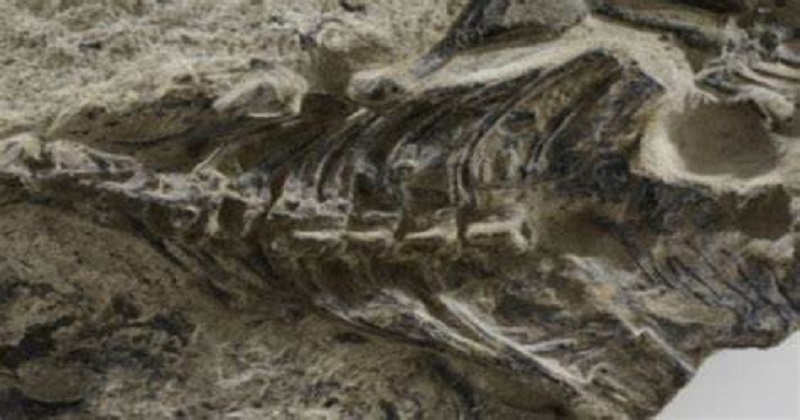
For the first time, scientists have discovered a Madtsoiidae snake fossil in the molasse layers of the Ladakh Himalaya, showing their presence in the subcontinent for far longer than previously assumed.
Madtsoidae is an extinct family of medium- to large-sized snakes that first appeared in the Late Cretaceous (roughly 145 to 66 million years ago) and were mostly found in the Gondwanan landmasses, though their Cenozoic (Earth’s geological era representing the last 66 million years) record is extremely scarce.
The whole group vanished in the mid-Paleogene (approximately 40 million years ago) over most Gondwanan continents, save for Australia, where it lived until the late Pleistocene with its final known taxon Wonambi (129,000 to 11,700 years ago).
The Ministry of Science and Technology said in a release on Friday that researchers have discovered a Madtsoiidae snake from the late Oligocene (part of the Tertiary Period in the Cenozoic Era, which lasted from about 33.7 to 23.8 million years ago) of India or the molasse deposits of Ladakh Himalaya for the first time.
The presence of Madtsoiidae in the Oligocene of Ladakh suggests that they existed until the end of the Paleogene (geologic period and system that spans 43 million years from the end of the Cretaceous Period 66 million years ago).
The extinction of this major group of snakes in India was not caused by global climate alterations or significant biotic reorganisation over the Eocene-Oligocene boundary (which corresponds to the European Grande Coupure).

Post Your Comments